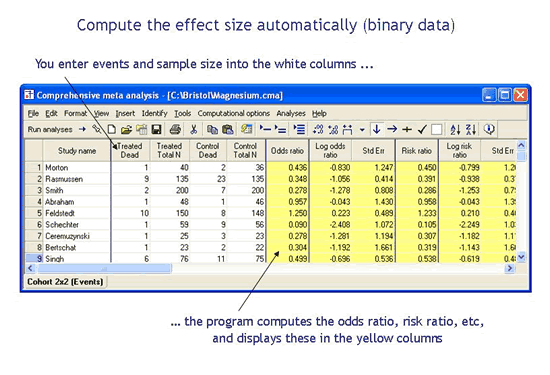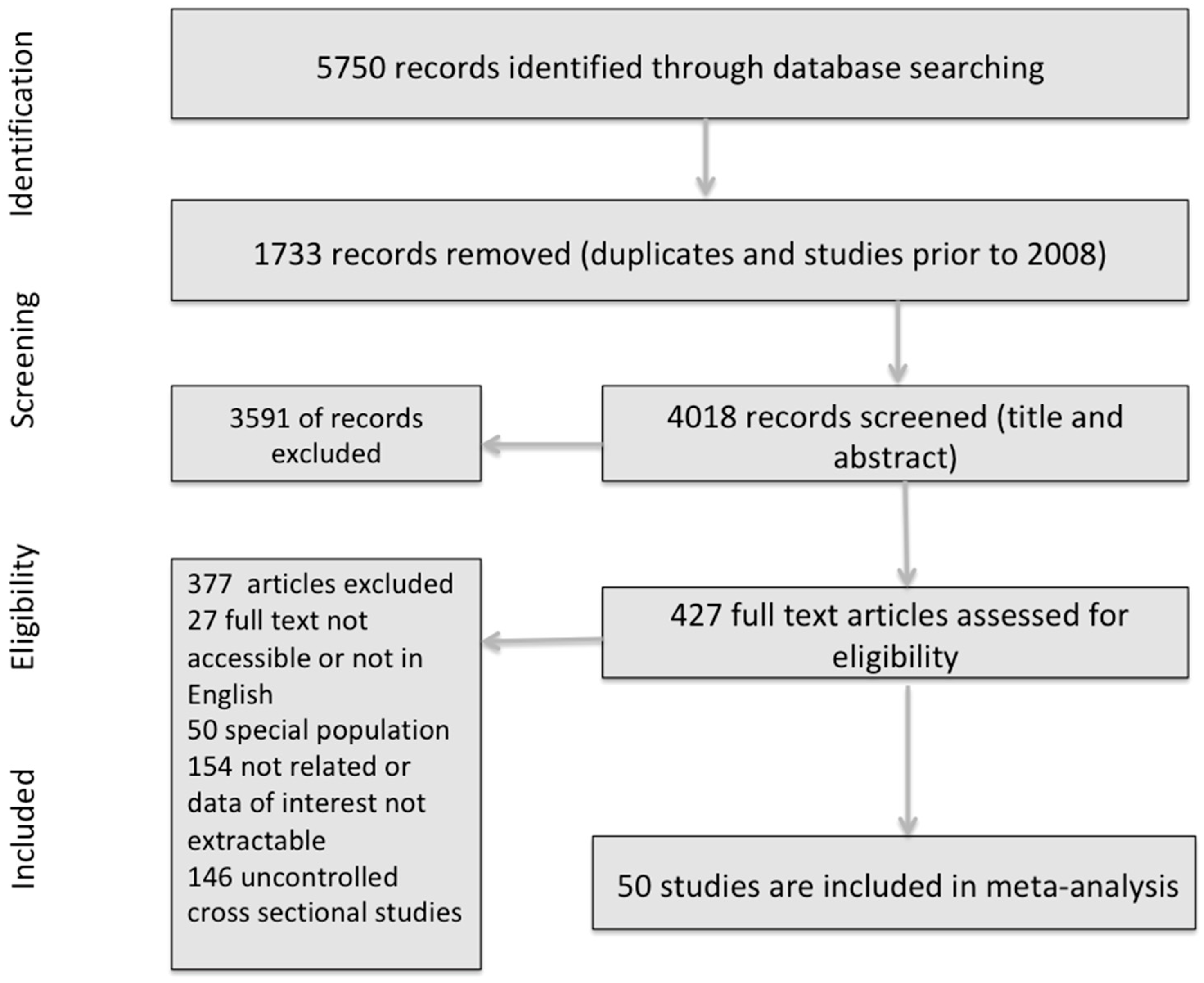
However, if the trend in the human health sciences is indicative of what will occur in veterinary science, we can expect to see more network meta-analyses of veterinary studies in the future. RationaleĬurrently, only a few systematic reviews in veterinary science have employed network meta-analysis. While BUGSnet is limited to analyzing arm-level data which could be a limitation for veterinary data which is often reported at the contrast level. Further, the output is not available in a table format. For example, gemtc does not have the option to report the summary effect as either the relative risk or absolute risk. There are some R ( 11) packages available for conducting Bayesian network meta-analysis such as gemtc ( 12) and BUGSnet ( 13). Most network meta-analyses include a mixed treatment comparisons component, so we use the term network meta-analysis to refer to mixed treatment comparisons meta-analyses throughout this manuscript. A network meta-analysis that includes the mixed treatment comparisons “component” has the additional feature of enabling a formal statistical estimation of indirect treatment comparisons that might not be available in the literature ( 4, 7). In general, network meta-analysis offers the advantage of enabling the combined assessment of more than two treatments. Indirect comparisons of interventions, on the other hand, are made based on multiple trials that each included one, but not both, of the interventions of interest and therefore did not compare the interventions directly as part of the original study. Direct comparisons of interventions are obtained from trials or observational studies that include both interventions and compare them directly. Although frequently used as a synonym for network meta-analysis, a mixed treatment comparisons meta-analysis is a type of network meta-analysis that can be described as a “ A statistical approach used to analyze a network of evidence with more than two interventions which are being compared indirectly, and at least one pair of interventions compared both directly and indirectly” ( 1). In this tutorial, we focus on network meta-analysis, which is becoming increasingly common in both human health and the veterinary sciences ( 4– 10). In the human health sciences, it is also possible to perform meta-analyses using data from individual patients, but meta-analysis using individual-level data is very rare in veterinary science ( 3). Regardless of the type, meta-analyses can be conducted using study-level summary data, which are usually reported in the literature. A third type of meta-analysis is multivariate meta-analysis, which is far less common than the other two types ( 1, 2). A pairwise meta-analysis compares two treatments across multiple studies, whereas a network meta-analysis involves the simultaneous synthesis of multiple studies to create pairwise comparisons of more than two treatments. There are several common types of meta-analysis. Meta-analysis is a quantitative method commonly used to combine the results of multiple studies in the medical and veterinary sciences.

Comprehensive meta analysis odds ratio code#
The R code used to conduct a network meta-analysis in the Bayesian setting is provided at GitHub.
Comprehensive meta analysis odds ratio how to#
Our goal is to describe the workflow of such an analysis and to explain how to generate informative results such as ranking plots and treatment risk posterior distribution plots. In this tutorial, we illustrate the procedures for conducting a network meta-analysis for binary outcomes data in the Bayesian framework using example data. Network meta-analysis is a general approach to integrate the results of multiple studies in which multiple treatments are compared, often in a pairwise manner.

1Department of Statistics, Iowa State University, Ames, IA, United States.


 0 kommentar(er)
0 kommentar(er)
